News
News list
-

New publication
A global and interoperable dataset of linguistic distributions derived from the Atlas of the World’s Languages
Scientific Data (2025) 12:1466 -

New publication
Personalised, GIS-based counselling to promote habitual walking
BMC Geriatrics (2025) 25:471 -
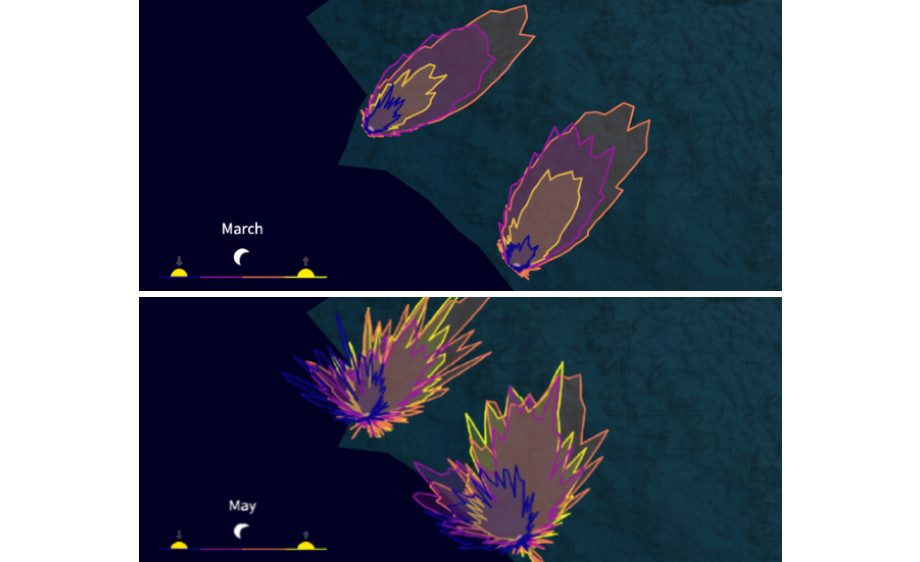
New publication
Avian spring migration at the east Adriatic coast
Movement Ecology (2025) 13:44 -
.jpg)
GIS at AGILE 2025, Dresden, Germany - Best Poster Award
This year’s 28th AGILE conference (AGILE 2025) was held in Dresden, Germany, June 10-13, 2025, and focused on how Geographic Information Science (GIScience) is responding to Global Challenges.
-

Special issue on "Data-Driven Movement Analysis"
Robert Weibel has co-edited a special issue on "Data-Driven Movement Analysis" in IJGIS that is a follow-up to a workshop organized at the 2023 GIScience conference in Leeds, UK, and follows on a series of previous workshops and special issues on related topics organized by ourselves.
-

New publication: Distance from home and working memory
A new publication from the MOASIS project.
-

“Geography has shed its old-fashioned image”
Robert Weibel was Professor of Geographical Information Science at GIUZ until the end of January 2025. In this interview, he explains how a US president's executive order changed not only the subject, but the world, what was most important to him in teaching and what his plans are for the future.
-

AsiaCarto 2024, Hong Kong, China – Best Representation Award
The first regional cartographic conference in Asia, the Asian Cartographic Conference (AsiaCarto 2024) was held in Hong Kong, China, from 8-10 December 2024. The group member, Dr. Zhiyong Zhou, gave a representation on "Towards the spatially aware learning of building generalization in image maps” and won the Best Student Paper Presentation Award in his session.
-

New Publication
Quantifying indoor navigation map information considering the dynamic map elements for scale adaptation
International Journal of Applied Earth Observation and Geoinformation Volume 136 -

New Publication
SpaGAN: A spatially-aware generative adversarial network for building generalization in image maps
International Journal of Applied Earth Observation and Geoinformation Volume 135 -

Smart City Hub Switzerland Award 2024
Zürich Accessible CiTy (ZüriACT) has been awarded in the Citizen Services category at the Smart City Hub Switzerland Awards 2024!
-

New Publication
Association between lower extremity physical function and physical activity after ischemic stroke: Longitudinal findings from the MOBITEC-Stroke project
SAGE Open MedicineVolume 12, 2024 -

New Publication
Predicting anthropogenic food supplementation from individual tracking data
IBIS International Journal of Avian Science -

New Publication
The impact of microscale street elements on active transport of mobility-restricted individuals: A systematic review
Journal of Transport & Health -

New Publication
Reasoning cartographic knowledge in deep learning-based map generalization with explainable AI
International Journal of Geographical Information Science -
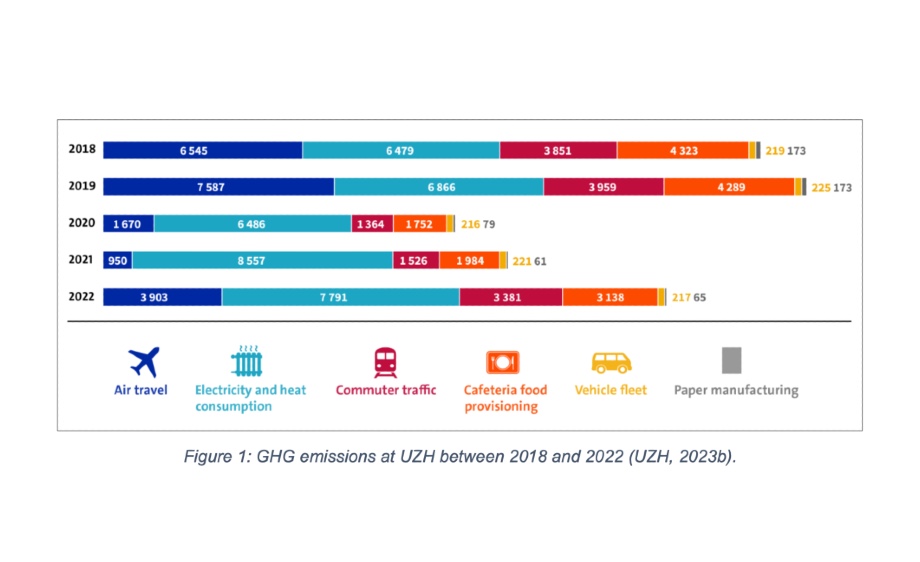
Semester prize HS 2023 for Rocco Bagutti
Our MSc graduate Rocco Bagutti was awarded the semester prize for his Master's thesis "Academic air travel at UZH's Department of Geography: Assessing the willingness and reduction potential of voluntary reduction measures" from the Faculty of Science, University of Zurich.
-

SGAG Prize for Gregory Biland
Our MSc graduate Gregory Biland achieved 2nd place for his Master's thesis "Bicycle Accidents in Urban Zurich: An Analysis of Temporal Patterns, Influence of Network Infrastructure and Accident Severity" from the Swiss Society for Applied Geography (SGAG). This award honours master's and diploma theses with a strong practical orientation, high degree of innovation and great relevance for action.
-

Birds use valleys and passes to cross the Alps
A team from UZH and the Swiss Ornithological Institute studied how migratory birds cross the Swiss Alps for the first time using year-round radar measurements: migration intensities, flight altitudes, speeds and directions were monitored. It turned out that migratory birds use the Alpine valleys and adjacent passes as passages. This has important implications for the protection of migratory birds in the Swiss Alps, as valleys and pass crossings are also potential sites for wind turbines.
-

New Publication
High-intensity bird migration along Alpine valleys calls for protective measures against anthropogenically induced avian mortality
Remote Sensing in Ecology and Conservation -

New Publication
Using machine learning and data enrichment in the selection of roads for small-scale maps Cartography and Geographic Information Science
-

New Publication
Keeping walls straight: data model and training set size matter for deep learning in building generalization
Cartography and Geographic Information Science -

New team member
A warm welcome to our latest team member, Guojian Zou. Guojian is a visiting PhD candidate from Tongji University, Shanghai, China and will be staying with us until the end of Octobre 2024, funded by the China Scholarship Council.
-
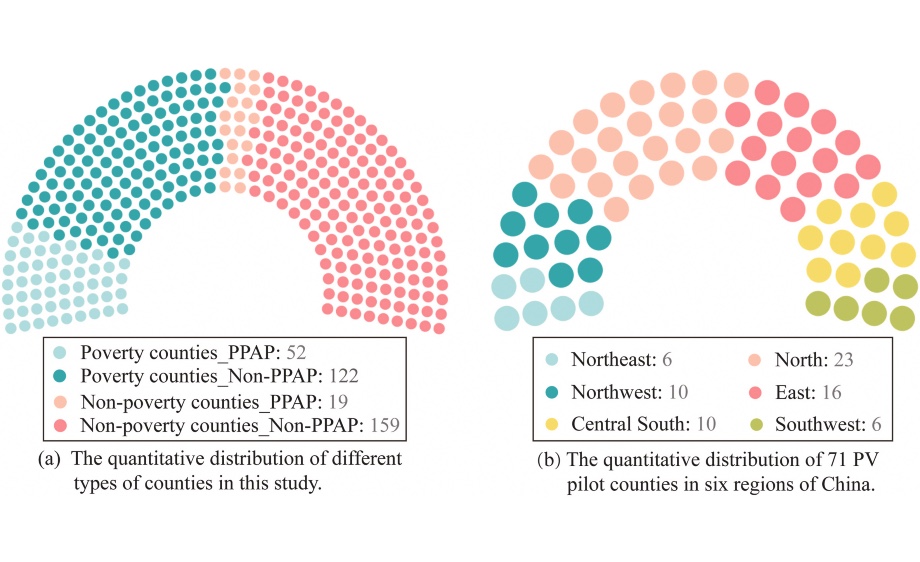
New Publication
The effect of large scale photovoltaic-based projects on poverty reduction: Empirical evidence from China
Renewable Energy -

MOASIS-Studie
Das Leben auch im Alter aktiv zu gestalten, hält gesund. Die MOASIS-Studie der UZH erforscht, wie sich ältere Menschen verhalten und wie sich das auf ihre Fitness und ihr Wohlbefinden auswirkt. Da zeigt sich: Wer rastet, der rostet.
-

ZuriACT – Scientifica 2023
The last day of August marked a momentous occasion as we unveiled "ZuriACT (Zurich Accessible CiTy) – Towards a More Accessible and Inclusive City" at Switzerland's largest science festival, Scientifica 2023.
-

ZuriACT – Accessible Zurich
People with limited mobility have to deal with numerous obstacles in Zurich. ZüriACT, a joint project of UZH and the city of Zurich, aims to tackle this issue and make the city more accessible. Learn about the project at this year’s Scientifica festival.
-

New team member
Welcome to our latest team member Nour Efrat-Kowalski. Nour will be further strengthening our focus on Language and Space, working as on her postdoctoral project "The Roots of Language Structure: Environmental triggers of linguistic evolution", which is funded by the UZH Postdoc Grant program and linked to our ongoing project Glottography.
-

ZuriACT – Towards a more accessible and inclusive city
31. August, 2023, 18:00 - 19:30
City | Stadthaus Zürich, Musiksaal, Stadthausquai 17, 8001 Zürich -

How can deep learning models learn to simplify buildings in map generalization?
Our latest publication formulates building simplification in vector maps as a joint task of node removal and node movement and presents a multi-task learning approach with a graph convolutional neural network to effectively enable automatic building simplification.
-

swisstopoEDU recognition award
Our former MSc students Nicolas Beglinger and Jan Winkler have both been awarded the swisstopoEDU recognition award of CHF 1,000 for their outstanding work on cartographic generalisation using deep learning techniques. Congratulations! Well done!
-

New Publication
A conceptual framework for developing dashboards for big mobility data
Cartography and Geographic Information Science -

New Publication
Advances and challenges in sensor-based research in mobility, health, and placeHealth & Place
Volume 79, January 2023, 102972 -

New team member
A warm welcome to our new team member Takuya Takahashi. Takuya will be working as a postdoc on the Out of Asia project and is also a recipient of an Overseas Research Fellowship of the Japan Society for the Promotion of Science JSPS.
-

New Publication
Charting everyday activities in later life: Study protocol of the mobility, activity, and social interactions study (MOASIS)
Frontiers in Psychology -
.jpg)
New Publication
GPS-Derived Daily Mobility and Daily Well-Being in Community-Dwelling Older Adults
Gerontology -
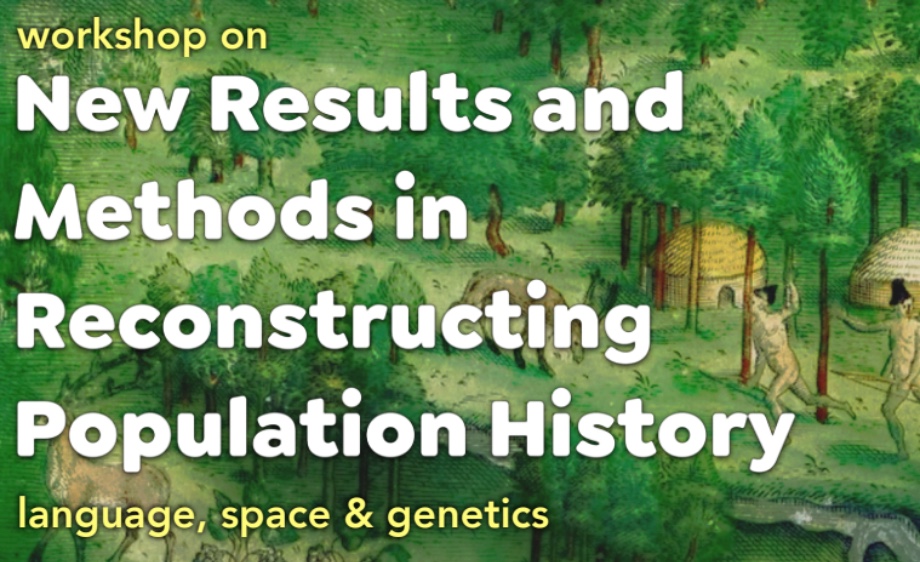
Workshop: Reconstructing Population History
From January 30 - February 1, 2023: This workshop brings together scholars working on population history from the disciplines of linguistics, genetics, geography, and anthropology.
-

New team member
A warm welcome to our latest team member, Jingyi ZHOU. Jingyi is a visiting PhD candidate from Nanjing Normal University, China and will be staying with us until the end of 2023, funded by the China Scholarship Council.
-

New Publication
Timed up-and-go performance is associated with objectively measured life space in patients 3 months after ischemic stroke
Journal of Neurology (2022) -

New citizen science project
How to make the city smarter and more inclusive with and for citizens?
Recently we won a new Citizen Science project in collaboration with the City of Zurich starting in 2023. -

Distinction award for Nico Neureiter
Our PhD student Nico Neureiter, whose project was funded by the URPP Language and Space, has received the distinction award of the Faculty of Science of UZH for his thesis entitled"Travelling with speakers through time and space: Spatio-temporal modelling of language change”
-

DSI Community Mobility Research Workshop
From 30 June - 1 July 2022, the DSI Community Mobility Research Workshop on "Mobility and Digitalization" organized by Hoda Allahbakhshi, Liudmila Zavolokina, and Anja Schulze took place in Maienfeld.
-

Defense Nico Neureiter
Travelling with speakers through time and space: Spatio-temporal modelling of language change
Celebrating the successful defense of the PhD thesis of Nico Neureiter, funded by the University Research Priority Program “Language and Space”. -

Defense Zhiyong Zhou
Hierarchical Modeling of Indoor Spaces: Towards Route Communication at Multiple Levels of Detail for Navigation in Buildings
Huang, Ghent University / Weibel -

New Publication
Detecting contact in language trees
Want to find hidden contact in language history? A new paper by @NicoNeureiter et al. presents contacTrees, a phylogenetic model with horizontal transfer. -

New Publication
The dialect chain of the Timor-Alor-Pantar language family
Language Dynamics and Change -

New Publication
Linguistic traits as heritable units? Spatial Bayesian clustering reveals Swiss German dialect regions
Journal of Linguistic Geography -
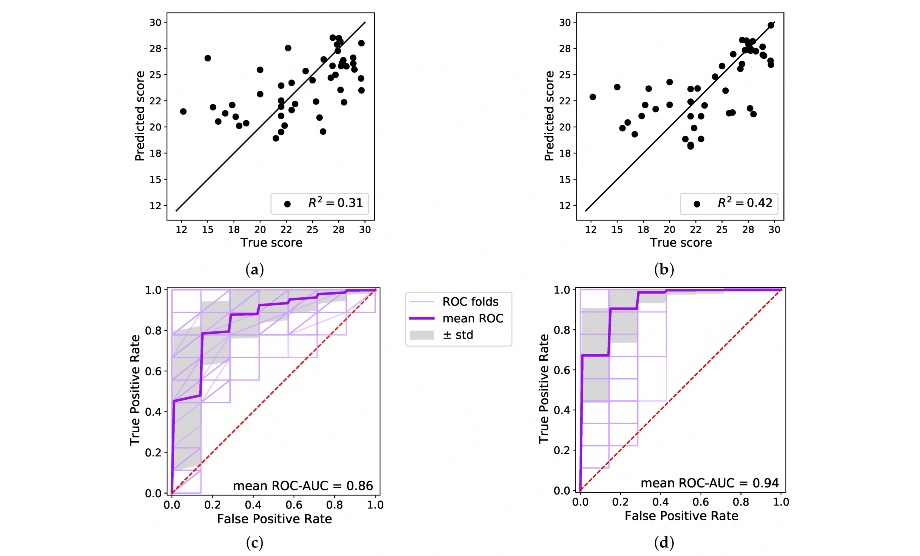
-

Featured Paper
Gone with the wind? How small birds move to the wintering grounds
To protect endangered migratory birds, we need to know their flight paths. But some birds are too small to carry a GPS tracker. By combining light, activity and wind measurements, their most likely route can be accurately estimated.
-

CaGIS Rising grant program
Eun-Kyeong Kim, postdoc
in our GIS Unit,
has received funding from
the Cartography and Geographic Information Society (CaGIS) -

Featured Paper
Choose your own route!
A new navigation system lets pedestrians decide for themselves which route to take in a given area. In this way, they can better acquire spatial knowledge and have a lot of fun during navigation
-

New SNSF project DeepGeneralization
Utilizing Deep Learning in Map Generalization
Robert Weibel (PI), Cheng Fu (Co-PI), Zhiyong Zhou (postdoc) -
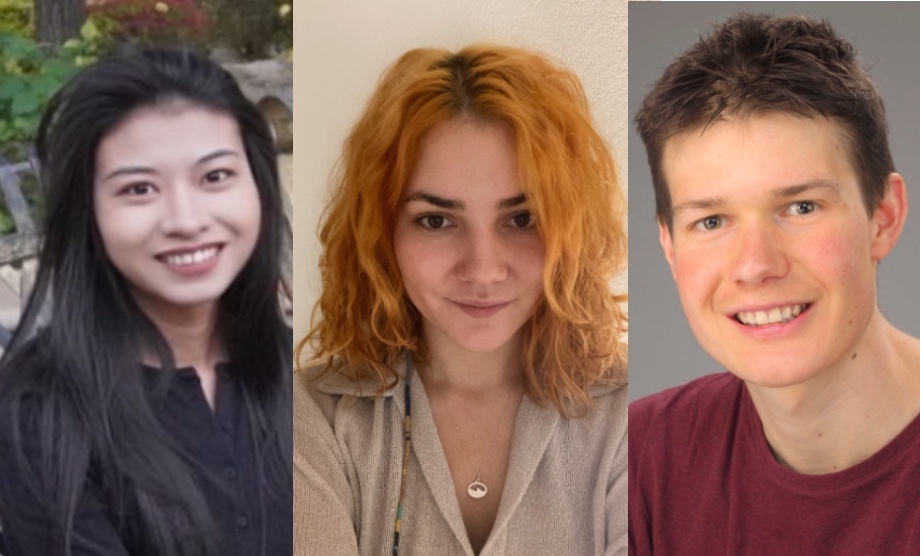
New team members
We are happy to welcome three new PhD students to our team:
Han Changyu
Georgescu Alexandra
Hirschhofer Simon -

New Publication
Predicting individuals' car accident risk by trajectory, driving events, and geographical context
Computers, Environment and Urban Systems
https://doi.org/ -

New Publication
HiVG: A hierarchical indoor visibility-based graph for navigation guidance in multi-storey buildings
Environment and Urban Systems, 93:101751
https://doi.org/ -

New Publication
Recognition of group patterns in geological maps by building similarity networks
Geocarto International, 37(2):607-626
https://doi.org/ -

New Publication
Choose your own route – supporting pedestrian navigation without restricting the user to a predefined route
Cartography and Geographic Information Science
https://doi.org/ -

DSI Insights
Mobilität und Digitalisierung
Inside ITDigitale Technologien können dabei helfen, sich im Alltag mehr und öfter zu bewegen sowie zu einer Reduktion der Gesundheitskosten beizutragen.
-

New Publication
Assessing the Transferability of Physical Activity Type Detection Models: Influence of Age Group Is Underappreciated
Front. Physiol.,
https://doi.org/ -

New Publication
Measuring Polycentricity: A Whole Graph Embedding Perspective
UC Santa Barbara: Center for Spatial Studies.
https://doi.org/ -

When computers write stories
There are about 7000 natural languages in the world, and four of them in Switzerland alone. Computers nowadays can artificially produce natural sentences and whole stories. Take the test and write your own story together with a computer.
-

Featured Paper
Exploring correlations in genetic and cultural variation across language families in northeast Asia
Science Advance -

New Publication
Contact-tracing in cultural evolution: a Bayesian mixture model to detect geographic areas of language contact
The latest paper in Royal Society INTERFACE by Peter Ranacher, Nico Neureiter, -
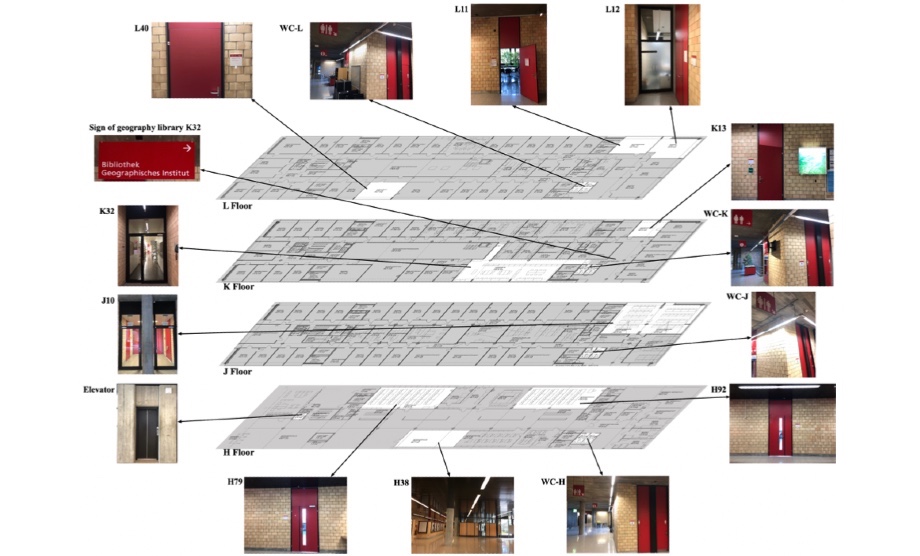
New Publication
Indoor landmark selection for route communication: the influence of route-givers’ social roles and receivers’ familiarity with the environment
Spatial Cognition & Computation
https://doi.org/ -
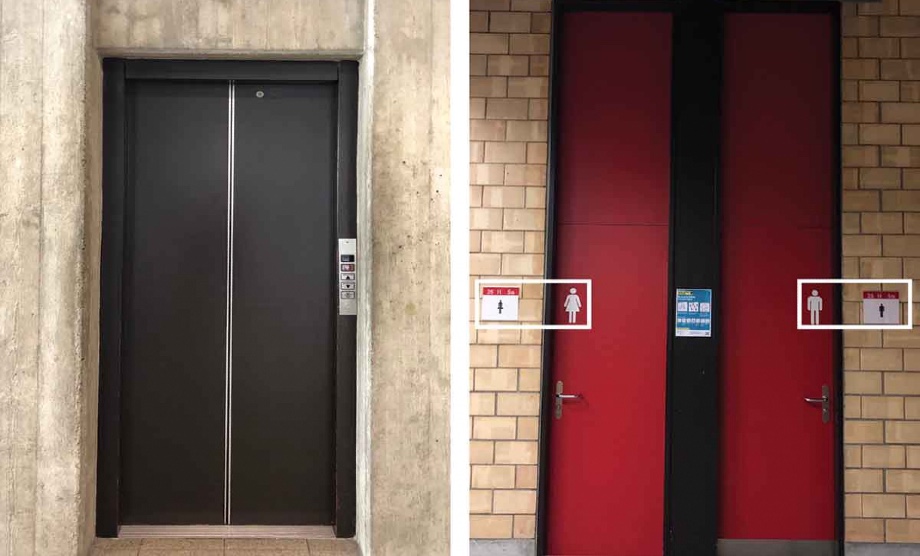
New Publication
Familiarity-dependent computational modelling of indoor landmark selection for route communication: a ranking approach
International Journal of Geographical Information Science
https://doi.org/ -

New Publication
Value of incorporating geospatial information into the prediction of on-street parking occupancy – A case study
Geo-spatial Information Science
https://doi.org/ -

How to make health care service provision more equitable and greener
Big mobility data are being generated on a daily basis. How can they help to make road transportation greener, safer, and accessibility to services such as health care more equitable? Within the Horizon2020 project Track&Know we have developed big data technology and demonstration studies.
-

New Publication
Dynamic optimization models for displaying outdoor advertisement at the right time and place
International Journal of Geographical Information Science
https://doi.org/ -

New Publication
Adaptive simplification of GPS trajectories with geographic context – a quadtree-based approach
International Journal of Geographical Information Science
https://doi.org/